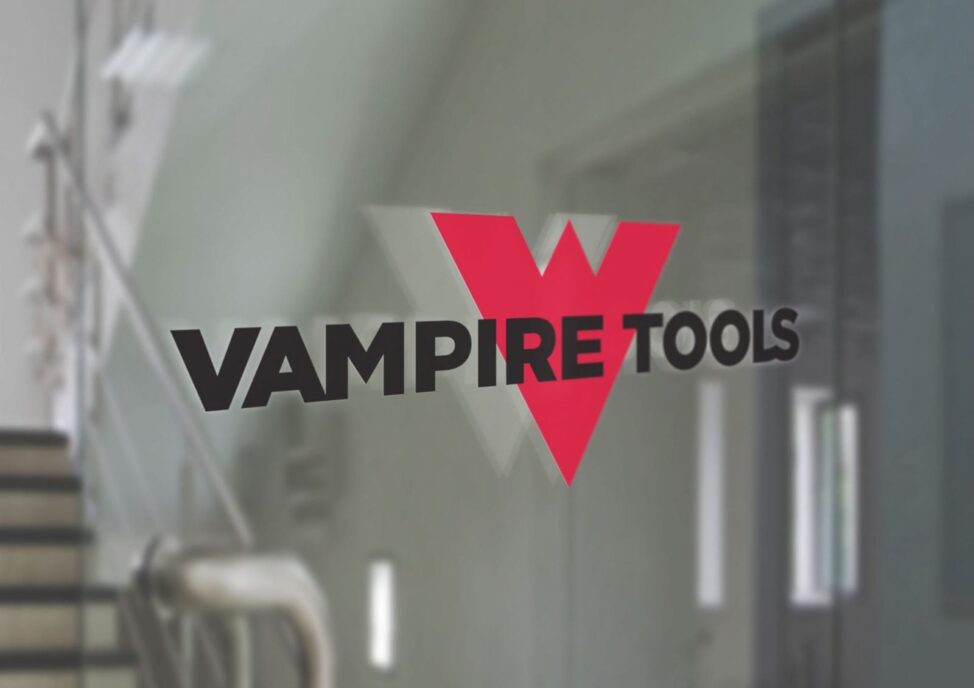“Beauty is rather a light that plays over the symmetry of things, not that symmetry itself.”
-Plotinus
One of the most difficult parts of learning design is training oneself to see things proportionally. That means, at once seeing measurements and making sure that your work isn’t “off.” Additionally, though, great designers have to go beyond merely drawing accurately. This often means you’ve got to step outside the narrowly defined box of geometric correctness and dive into the weight and proportion of things. Branding companies in Orange county who specialize in logo design have to know when to bend the rules.
Google logo
 A great example came from a post on reddit, where a user points out an idiosyncrasy of one of the most seen logos of our current era: the Google G. As the reddit post suggests, the G is plagued with a number of geometric inconsistencies. The Image, overlaid with geometrically accurate circles and guidelines shows that the right-hand end of the G strays from being a perfect circle; likewise, the top line of the g, when projected outward, strays visibly from the lower color line’s projection. Is this yet another example of multinational companies getting swindled out of money by creative agencies doing sub-par work?
A great example came from a post on reddit, where a user points out an idiosyncrasy of one of the most seen logos of our current era: the Google G. As the reddit post suggests, the G is plagued with a number of geometric inconsistencies. The Image, overlaid with geometrically accurate circles and guidelines shows that the right-hand end of the G strays from being a perfect circle; likewise, the top line of the g, when projected outward, strays visibly from the lower color line’s projection. Is this yet another example of multinational companies getting swindled out of money by creative agencies doing sub-par work?
The question is simple: was it a design oversight, or do these irregularities do something for the logo? Do they help it communicate? First off, it needs to be pointed out that it’s much more time consuming and difficult to draw an imperfect circle than a perfect circle when you’re on a computer. Second, the logo really does feel different because of the changes. If you care enough, here is a video of a designer who remade the logo geometrically “accurate” and you can decide for yourself which you prefer. Personally, the slight turning-in of the blue left edge gives the logo a tidier, restrained look; the red hanging top of the G, pushing just beyond the linear bounds of the lower color line gives the character a nice, forward-pushing momentum. And the color weights, (the amount of space given to a color) do work nicely to give overall balance to the logo: the hotter yellow is minimized, giving the green and blue a more balanced place.
The question is, would you have ever noticed? Perhaps the best gauge of whether or not these geometric aberrations are “OK” in logo design is the fact that you needed some possibly-human, possibly-replicant user from the reddit community to point out that something was off…
Annuities Genius
Example two is a logo that Twelve12 did for Annuities Genius, a tech solution for consumers shopping for financial products. First, it’s immediately apparent that the logo communicates. The less-than/greater-than symbols draw the eye and communicate the nature of the company. However, if the logo only held those two symbols, it would feel unstable. In order to balance it, counter-intuitively, the designers added an additional element at the bottom left, making it asymmetrical, but somehow making it feel right:

Instantly, with the addition, the logo feels grounded, stable, and ironically, more symmetrical than it would had the visual element stayed perfectly symmetrical.
This is one of the many examples of logos whose design transgresses the purely geometrical. Design is not about getting the measurements right; that’s an engineering job. Pay too close a mind to symmetry, geometry, and math, and your logo won’t breathe; there won’t be heart in it. Logo design is a good illustration of the human ability to know the weight of things, to see patterns and, importantly, to see beyond them in pursuit of what works, and what feels right. Amidst the broad rise of artificial intelligence, making a logo may still be something that only a well-trained human eye can do—at least for the time being.
In the end, logos are not designed to make you think (although it’s often true that the best ones do in fact give you something to think about). Rather, logos work on the level of the impression: if all parts of the logo feel “right”, then it’s working. Ask any branding company in Orange county who specializes in logo design, and odds are they’ll tell you the same: symmetry is only one piece to the puzzle to a beautiful, effective logo. More important, as we saw with Google, is making sure the constituent elements of the logo are in proportion. To make a great logo, you’ll have to go beyond the measurable, and do what feels right.
